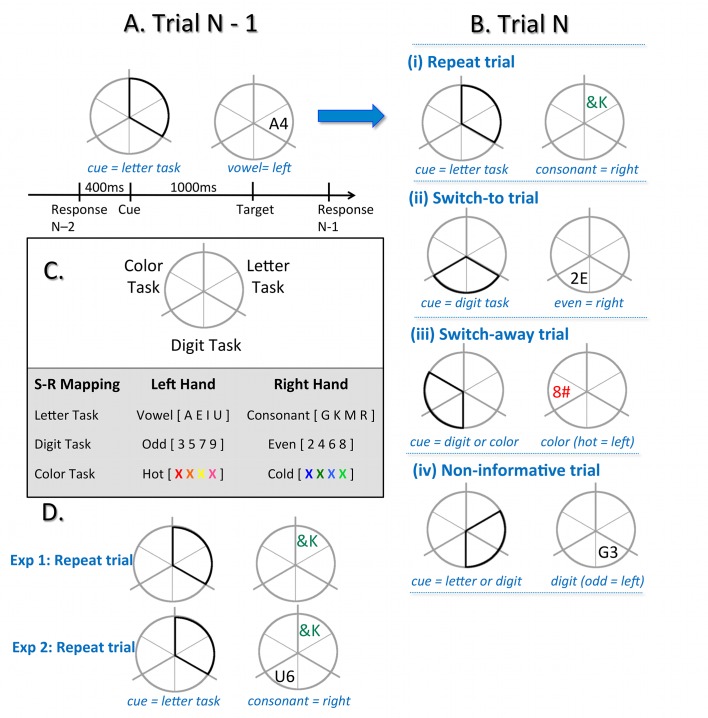Fig 1. Cued-trial task switching paradigm.
A) Timeline of a specific trial. Response-cue interval (RCI) and cue-target interval are fixed at 400 ms and 1000 ms, respectively. On each trial, the cue highlights two of the six segments of the circle and indicates that the target will appear in one of these two segments. In this instance, the cue covers both ‘letter task’ segments, and the participant can prepare to apply the ‘letter’ task rules on the upcoming target. When the target (e.g., A4) appears in a letter task segment, participants must respond to the task-relevant feature of the target (e.g., the letter A is a vowel, respond with left hand), and ignore the task-irrelevant feature of the target (e.g., the number 4). B) The progression from trial N-1 to trial N defines the trial type. i) If, having completed the letter task on trial N-1, the same segment is highlighted on trial N, it is a repeat trial and the participant will repeat the letter task. ii) If the cue highlights both segments of one of the other tasks, it is a switch-to trial. The target will appear in one of the two highlighted segments, and the participant can use the CTI to update the new task rules (e.g., digit task, in this example). iii) If the cue highlights adjoining segments of the two tasks not completed on trial N-1 (e.g., digit and color), it is a switch-away trial. The target is equally likely to appear in the digit and color segments and the participant can prepare to switch task (e.g., not repeat the letter task), but does not know which task to upload until the target appears. The position of the target indicates which task to complete. iv) If the cue highlights one segment from the task completed on trial N-1 (e.g., letter task) and one from another task (e.g., digit task), it is a non-informative trial. The target is equally likely to appear in the letter or the digit segment, and require either a repeat (non-informative repeat) or a switch (non-informative switch) in task. C) Each major segment of the wheel is consistently mapped to one of the three tasks: letter, digit and color. The table shows the eight exemplars used for each task and an example of stimulus-response mappings. D) Exemplar differences between a repeat trial for Experiment 1 and Experiment 2, whereby an additional bivalent distractor is presented at target onset in a non-cued section of the wheel during Experiment 2.

